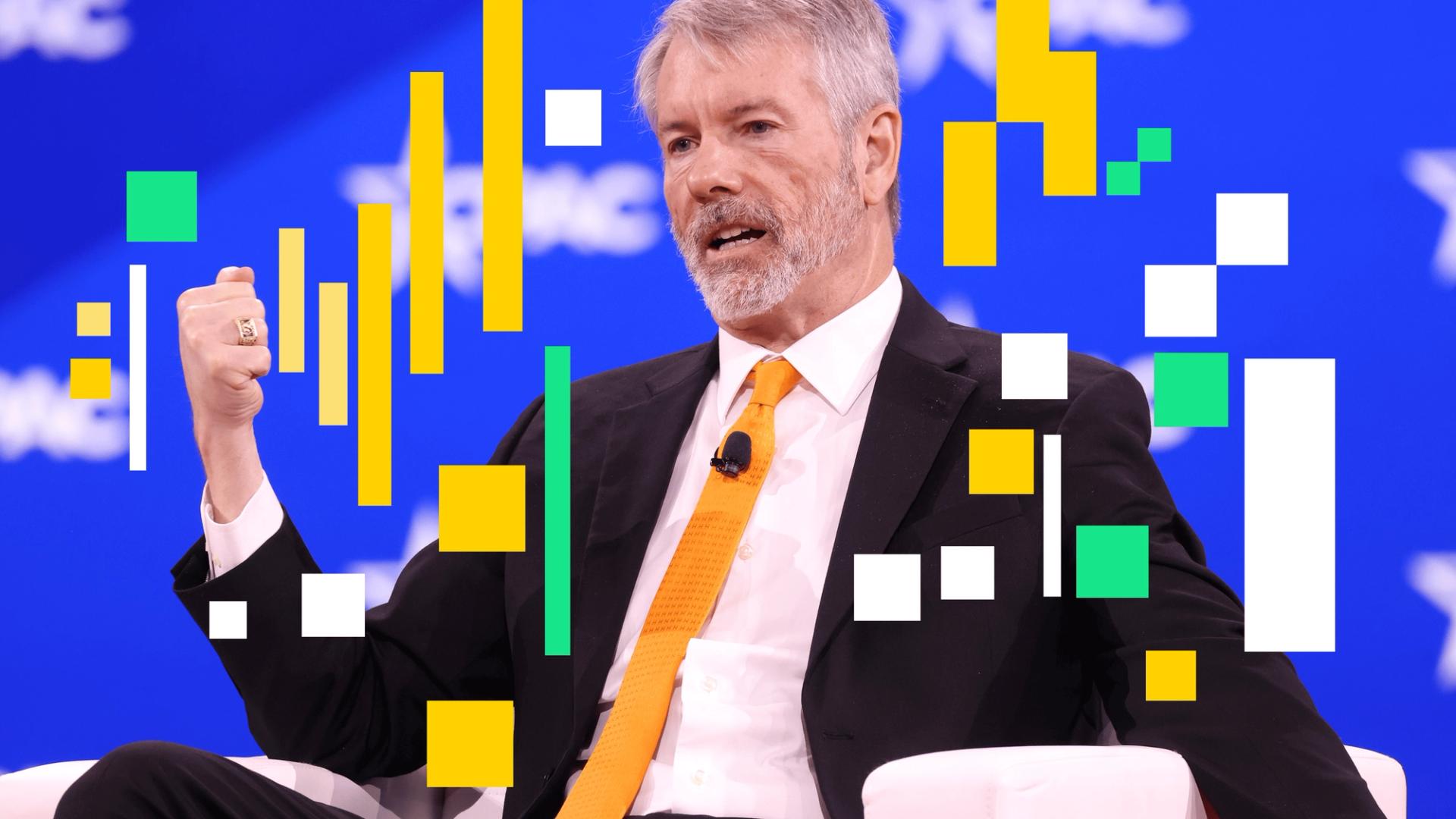Uncategorized
CoinDesk 20 Performance Update: APT Drops 2.4%, Leading Index Lower

Uncategorized
Behind the scenes of drone food delivery in Finland
TechCrunch went behind the scenes of a three-party partnership between Irish drone delivery company Manna, Doordash-owned food delivery platform Wolt, and food startup Huuva.
Business
Michael Saylor Sunday Change-Up Suggests New Announcement Coming Monday

The executive chairman of bitcoin treasury firm Strategy teased a switch from orange dots to green dots in what’s become his routine cheeky Sunday X post.
Business
‘We Wear Your Loathing With Pride’: Tether’s Downgrade at S&P Sparks Online Battle

S&P Global last Wednesday slashed its rating on Tether’s USDT stablecoin to its weakest score.
-

 Uncategorized5 месяцев ago
Uncategorized5 месяцев agoRobinhood Launches Micro Bitcoin, Solana and XRP Futures Contracts
-

 Business1 год ago
Business1 год ago3 Ways to make your business presentation more relatable
-

 Fashion1 год ago
Fashion1 год agoAccording to Dior Couture, this taboo fashion accessory is back
-

 Entertainment1 год ago
Entertainment1 год ago\’Better Call Saul\’ has been renewed for a fourth season
-

 Entertainment1 год ago
Entertainment1 год ago10 Artists who retired from music and made a comeback
-

 Business1 год ago
Business1 год ago15 Habits that could be hurting your business relationships
-

 Entertainment1 год ago
Entertainment1 год agoNew Season 8 Walking Dead trailer flashes forward in time
-

 Entertainment1 год ago
Entertainment1 год agoMeet Superman\’s grandfather in new trailer for Krypton




